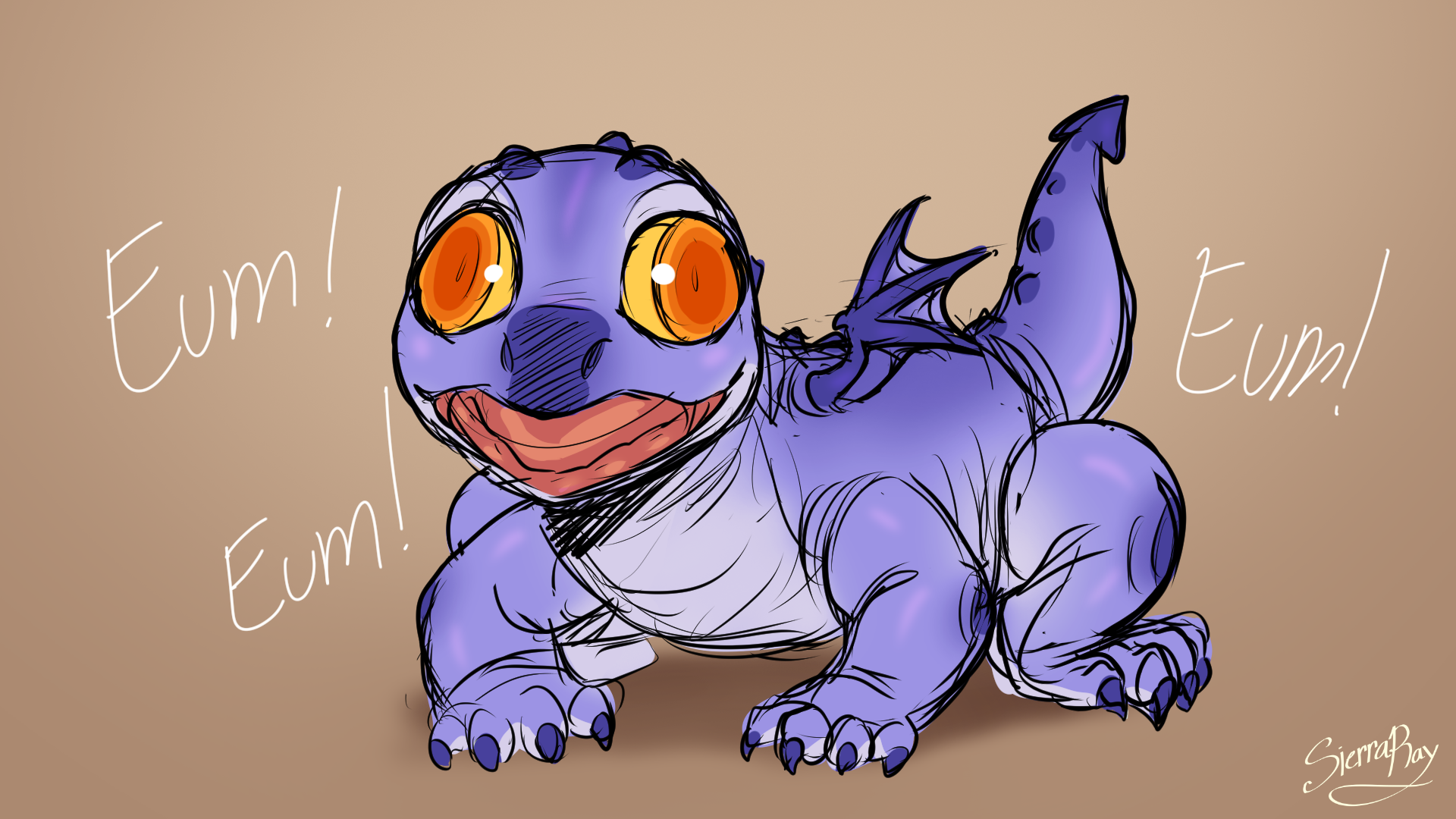Dragons

Introduction
One of the oldest races on Lore.
History
Dragons have been around long before the existence of humans. They used to roam Lore back when there were enough space for their gargantuan bodies. Legends say ancient dragons were large enough to swallow a castle whole.
Eventually, when the Sun and Moon began to add more life to Lore, dragons adapted to the shrinking roaming space and evolved to be smaller. They still remain colossal when compared to other races.
The Age of Dragon Slaying
Unfortunately, due to the addition of more sentient life, there also came the clash of humans and dragons. Territorial disputes were common and eventually, the larger beings were deemed threats that had to be slayed for the safety of humanity. Dragon slaying became a common practice in kingdoms and the population of the creatures began to shrunk as special weapons were crafted that could pierce through hard skin.
Not every kingdom treated dragons as threats as some chose to live alongside the creatures. Ancient civilizations learned to respect them and the knowledge they had, eventually leading to cohabitation that would eventually lead to the art of human shifting being developed. Along with this art came about the existence of human and dragon offspring.
Unfortunately, these pacifistic settlements were rare as a vast majority viewed dragons as monstrous entities that needed to be vanquished. These pro-dragon kingdoms also bumped heads with the anti-dragon ones resulting in even more conflicts.
Aware that retaliation from dragons could result in the complete extinction of humans and other races caught in the crossfire, the Sun and Moon raised the skeletal remains of an ancient dragon from the seas and named it Dracos.
The Great Migration
The Moon, taking the form of a dragon, came down from the celestial plane and worked on spreading the word about Dracos. Eventually, 85% of dragons on lore decided on relocating, leaving their old homes. During this time, the skies were filled with thousands of dragons of every shape and size as they migrated to Dracos. During this time, much of the old territories left vacant by dragons were absorbed by human kingdoms.
The Remainders
Not every dragon participated in the migration. Pro-dragon kingdoms, although smaller in number than before the migration, held strong and took in new dragons. The ones that had already mastered the art of human shifting taught these newcomers resulting in boost of hidden dragons. Some dragons were small enough that they easily could hide from threats. And if they didn’t hide, they simply gained the trust of humans, leading to some becoming companions.
The more stubborn dragons held their ground where they defended their territories teeth and bone. With less dragons roaming around, attitudes began to shift toward their existences. Originally deemed threats, some came to respect the ancient beings and left the defending ones alone.
Modern Day
Dracos remains the home of dragons. Located beside it is Lacertas, which is home to many pro-dragon settlements and even a kingdom. This continent is one of the only that is allowed safe passage into Dracos as it helped to defend those that were hunted.
Dragons that live in Dracos stay to themselves, rarely leaving the continent. They avoid getting involved with any conflict as many remember the age of dragon slaying and hold grudges.
Biology
Dragons are stereotypically imagined to only be reptillian in appearance. However, they come in all sorts of a variety of shapes and forms. Some can even fur instead of scales amongst other mammalian features. When they do have scales, they are often rock hard and difficult to penetrate.
Their size scale ranges from being able to fit in the palm of your hand to their shadows engulfing a entire kingdom.
Some especially sentient dragons have the ability to take on humanoid forms to traverse amongst humans. Most are undetectable but some choose to leave some dragon features out. While human, they also have abnormally tough skin that makes it extremely difficult to cut.
Dragons tend to have elements they have control over. However, a vast amount can breathe fire regardless of if it’s their element or not.